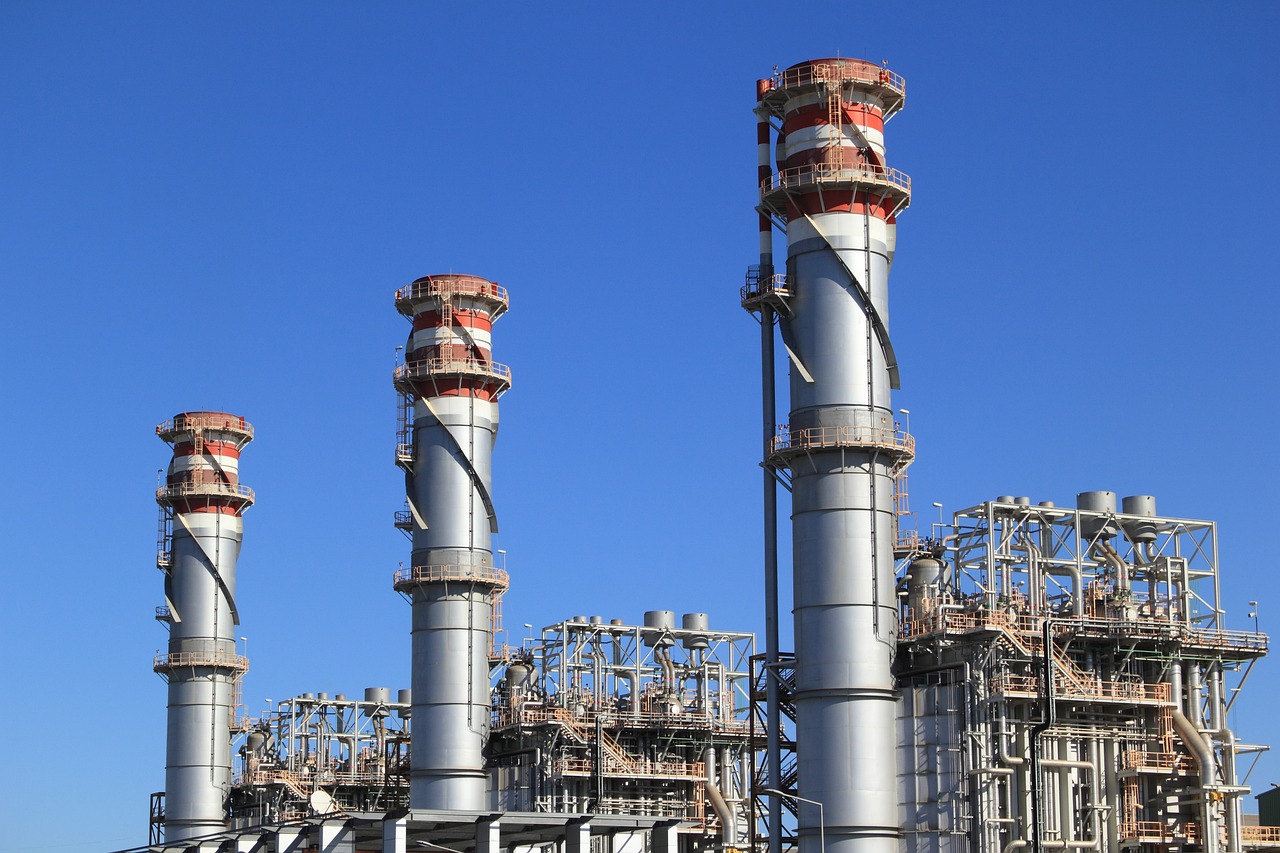Introduction: In the realm of thermal engineering, heat exchangers stand as indispensable devices, facilitating the transfer of heat from one fluid to another with remarkable efficiency. From their fundamental principles to their diverse applications across industries, heat exchangers represent a cornerstone of modern engineering. In this comprehensive guide, we delve into the intricate dynamics of heat exchangers, exploring their principles, types, design considerations, and emerging trends.
Understanding Heat Exchangers: At its essence, a heat exchanger is a device designed to transfer thermal energy from one fluid to another, without the fluids coming into direct contact. This process enables the exchange of heat between fluids at different temperatures, serving a multitude of purposes across various applications, including HVAC systems, refrigeration, power generation, chemical processing, and more.
Types of Heat Exchangers: Heat exchangers come in various configurations, each tailored to specific applications and operating conditions. Common types include shell-and-tube heat exchangers, plate heat exchangers, finned-tube heat exchangers, double-pipe heat exchangers, and more. Each type offers unique advantages in terms of heat transfer efficiency, compactness, scalability, and ease of maintenance.
Design Considerations: Designing a heat exchanger requires careful consideration of several factors, including fluid properties, flow rates, temperature differentials, pressure drop, fouling, material selection, and regulatory compliance. The choice of heat exchanger type, geometry, and construction materials plays a critical role in optimizing performance, reliability, and cost-effectiveness.
Performance Evaluation and Analysis: Performance evaluation of heat exchangers involves assessing key parameters such as heat transfer rate, overall heat transfer coefficient, pressure drop, effectiveness, and thermal efficiency. Tools and techniques such as thermal analysis, computational fluid dynamics (CFD), and experimental testing are employed to optimize heat exchanger designs and troubleshoot performance issues.
Emerging Trends and Advancements: The field of heat exchanger technology is continually evolving, driven by advancements in materials science, manufacturing techniques, and computational modeling. Emerging trends include the development of compact and microscale heat exchangers, integration of renewable energy sources, adoption of additive manufacturing, and enhancement of heat transfer surfaces through advanced coatings and surface treatments.
Conclusion: As we navigate the complexities of modern engineering, heat exchangers emerge as indispensable tools for harnessing thermal energy and driving innovation across diverse industries. From their humble beginnings to their pivotal role in shaping the future of energy, heat exchangers embody the ingenuity, creativity, and collaborative spirit of the engineering community.
In this comprehensive guide, we have explored the fundamental principles, types, design considerations, and emerging trends in heat exchanger technology. As we embark on this journey of exploration and discovery, let us continue to push the boundaries of what is possible, leveraging the power of heat exchangers to create a more sustainable, efficient, and resilient world for generations to come.















